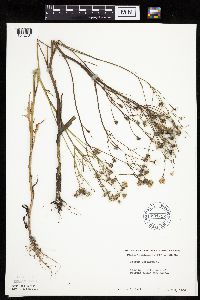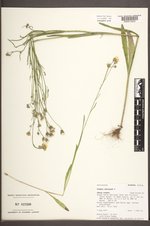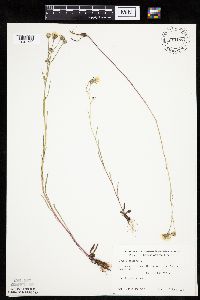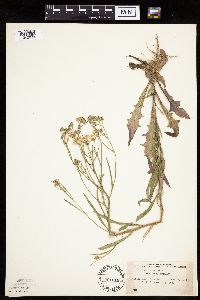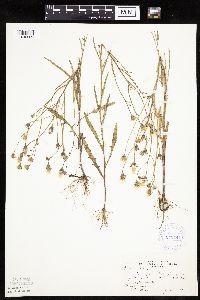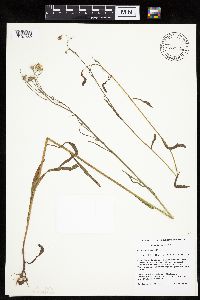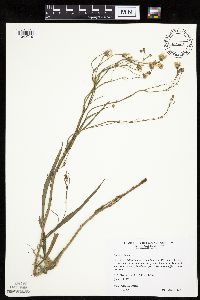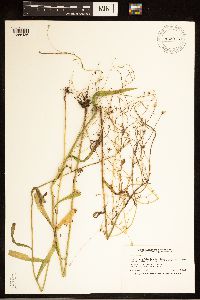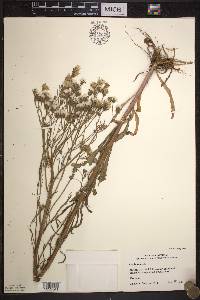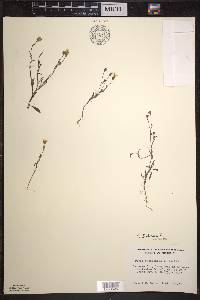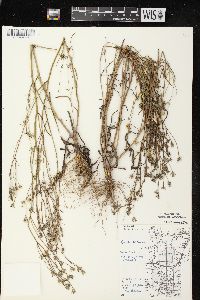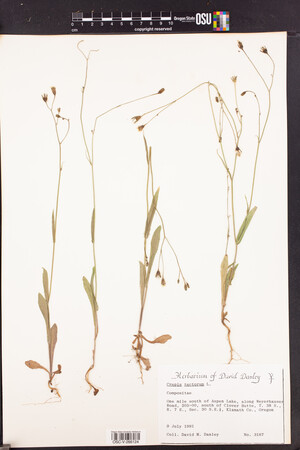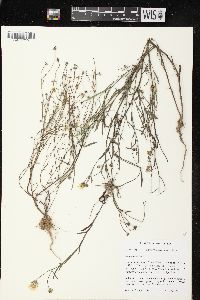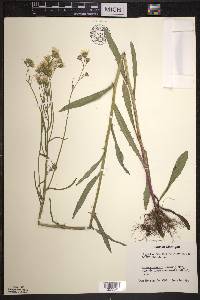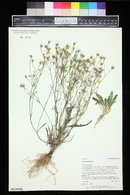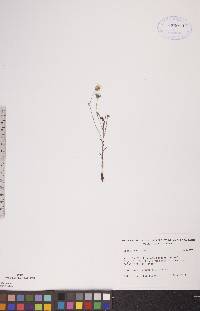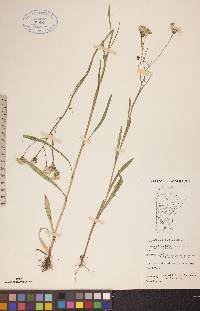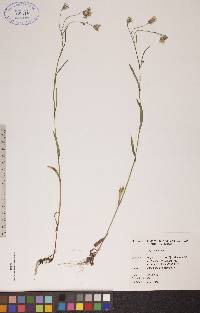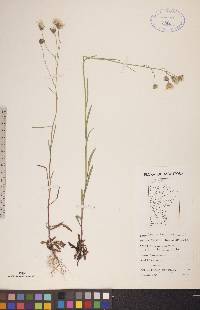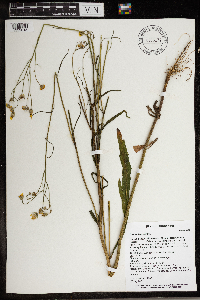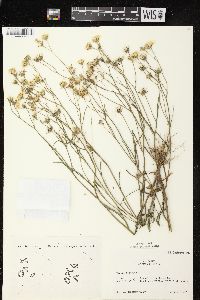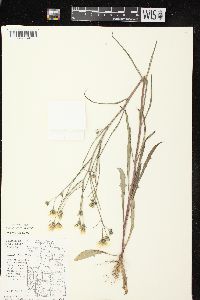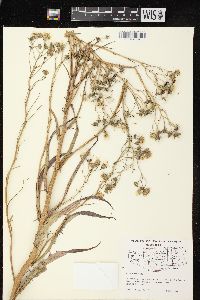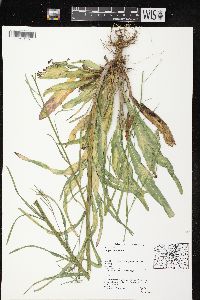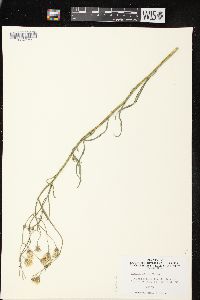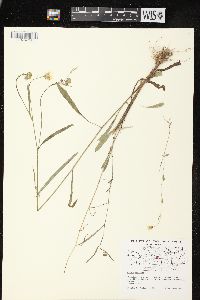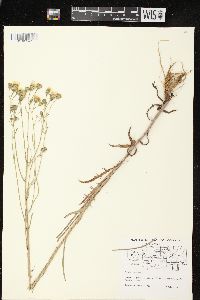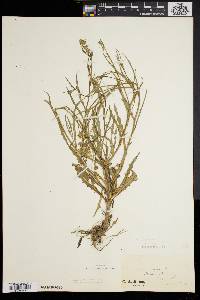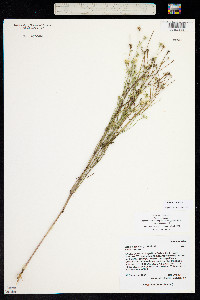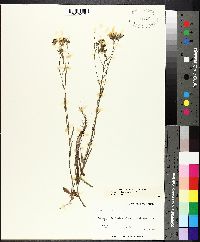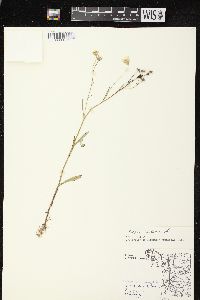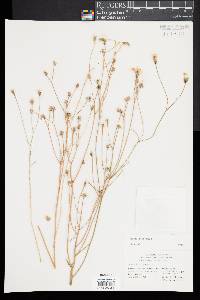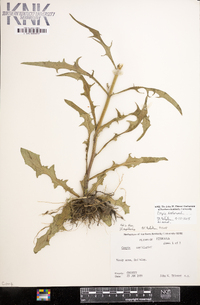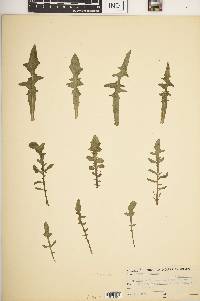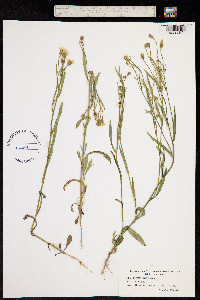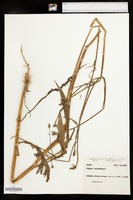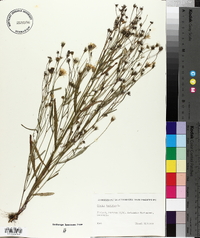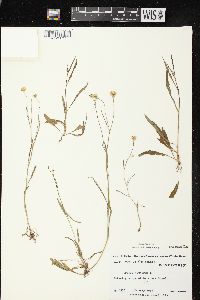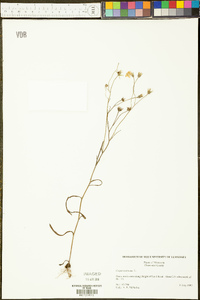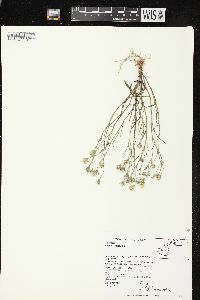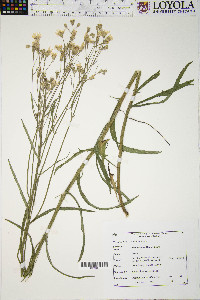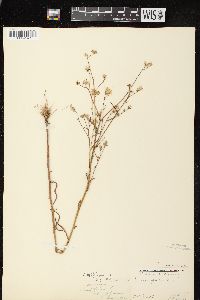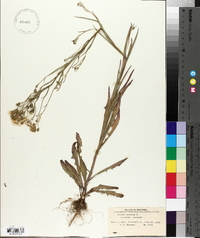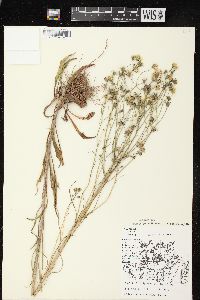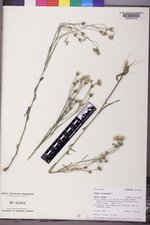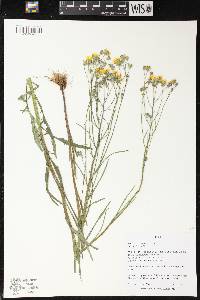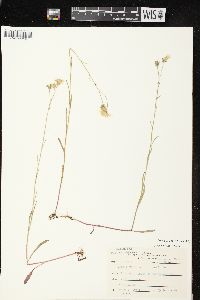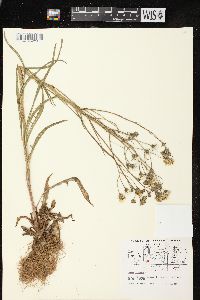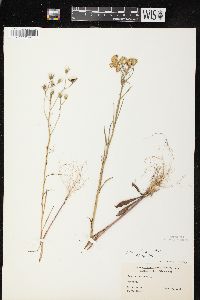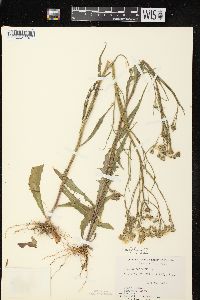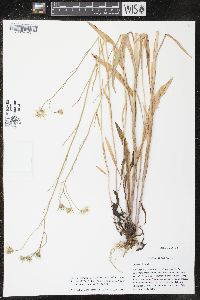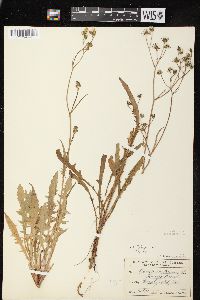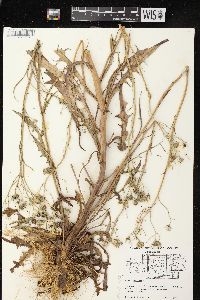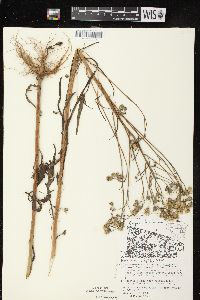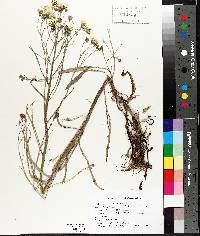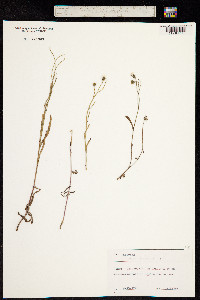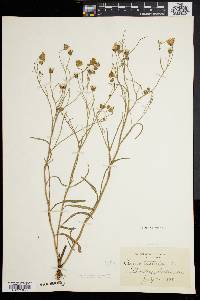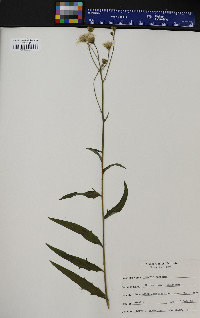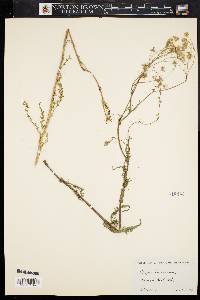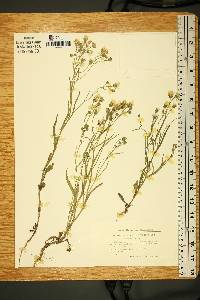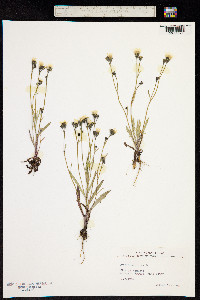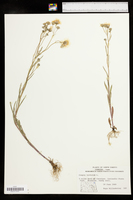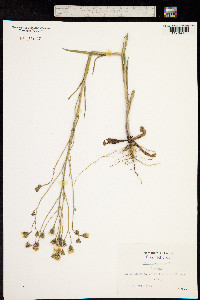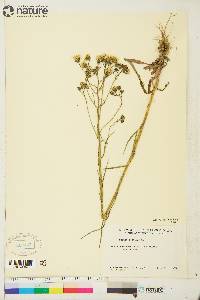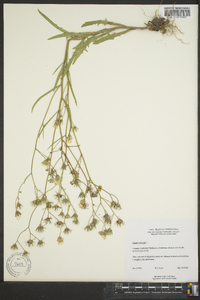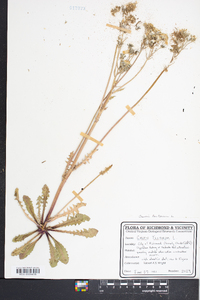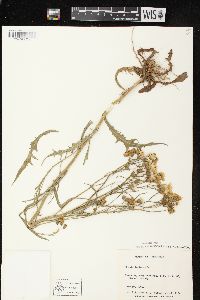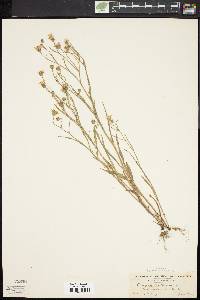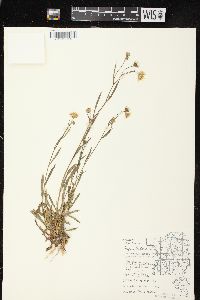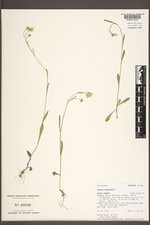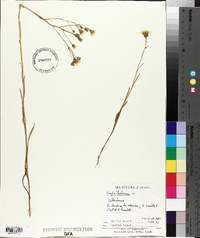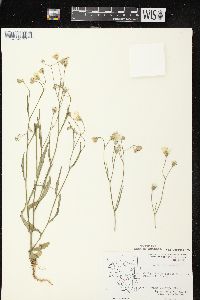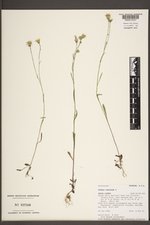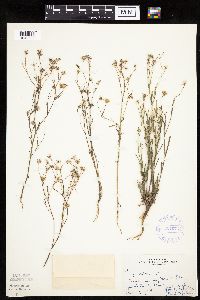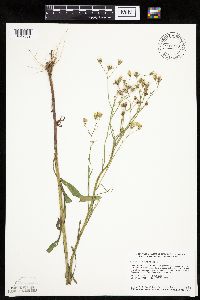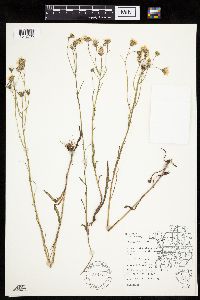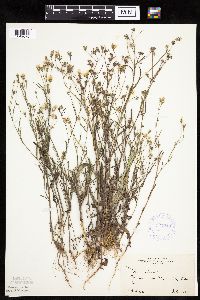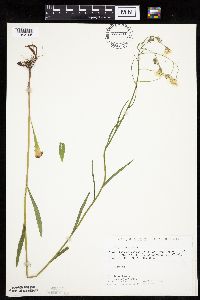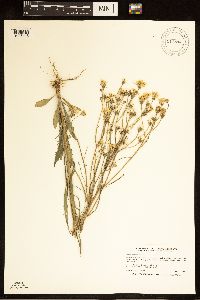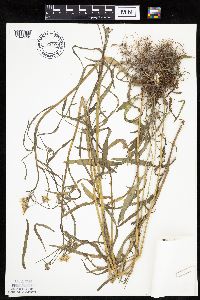
|
|
|
|
Family: Asteraceae
Narrow-Leaf Hawk's-Beard
|
Annuals, 10-100 cm (taproots shallow). Stems 1, erect (fistu-lose), branched distally or from bases, tomentulose and/or hispid. Leaves basal and cauline; pet-iolate; blades lanceolate to oblanceolate, often coarsely runcinate, 5-15 × 1-4 cm, margins entire, denticulate, or dentate to pinnately lobed (lobes remote, coarse, unequal, apices acute to acuminate, abaxial faces glabrous or tomentose, adaxial glabrous (proximal cauline sessile, bases auriculate, distal usually linear, entire). Heads 5-20(-100+), in paniculiform or corymbiform arrays. Calyculi of ± 12, subulate, tomentose and hispidulous bractlets 2-5 mm (often becoming scarious). Involucres cylindro-campanulate, 6-9 × 7-8 mm. Phyllaries 12-15, lanceolate, 5-9 mm, (bases becoming keeled and thickened, margins scarious), apices acute to attenuate (white-ciliate, tomentulose), abaxial faces tomentose to hispidulous, adaxial with fine, appressed hairs. Florets 30-70; corollas yellow (without red on ligules), 10-13 mm. Cypselae dark reddish or purplish brown, fusiform, 3-4 mm, apices constricted (not beaked), ribs 10 (rounded, minutely spiculate); pappi white (fine, soft), 4-5 mm. 2n = 8. Flowering May-Sep. Dry, sandy, pine woods, disturbed places, abandoned fields, forest clearings, wooded slopes, dry streambeds; 100-300 m; introduced; Greenland; Alta., B.C., Man., N.B., Nfld. and Labr. (Labr.), N.W.T., N.S., Ont., Que., Sask., Yukon; Alaska, Calif., Conn., D.C., Ill., Ind., Iowa, Maine, Md., Mass., Mich., Minn., Mo., Mont., Nebr., N.J., N.Y., N.C., N.Dak., Ohio, Oreg., Pa., R.I., Wash., Wis., Wyo.; Europe; introduced, Asia. Crepis tectorum is recognized by its annual habit, keeled phyllaries with minute hairs on adaxial faces, and dark reddish or purplish brown cypselae. It is widespread, often abundant, occurs in a great variety of habitats, and is considered a noxious weed in some states.
Taprooted annual 1-10 dm; herbage glabrous or puberulent; basal lvs petiolate, with lanceolate to oblanceolate, acute, denticulate to pinnately parted blade to 15 נ4 cm; cauline lvs sessile, auriculate, mostly linear or nearly so; heads several; invol 6-9 mm; inner bracts 12-15, tomentose- puberulent and sometimes also glandular-hispid outside, strigose or puberulent within; outer bracts subulate, a third as long as the inner; fls 30-70; receptacle very finely ciliate; achenes 2.5-4.5 mm, dark purplish-brown at maturity, fusiform, rather strongly attenuate but scarcely beaked, 10-ribbed, the ribs roughened; 2n=8. Native of Eurasia, sparingly established here and there in our range. June, July. Gleason, Henry A. & Cronquist, Arthur J. 1991. Manual of vascular plants of northeastern United States and adjacent Canada. lxxv + 910 pp. ©The New York Botanical Garden. All rights reserved. Used by permission. |
This project was made possible in part by the Institute of Museum and Library Services [MG-70-19-0057-19].
Powered by Symbiota


